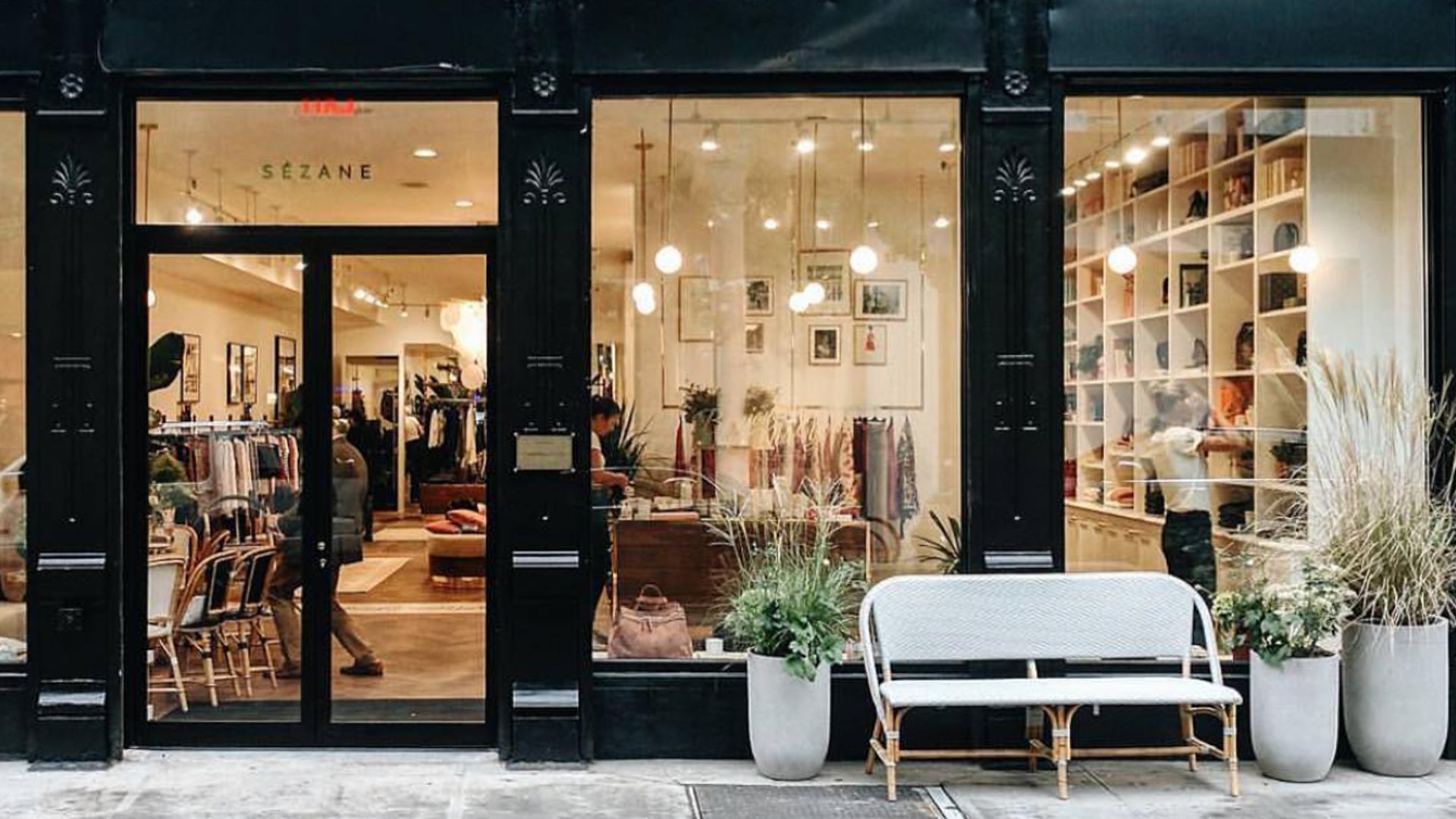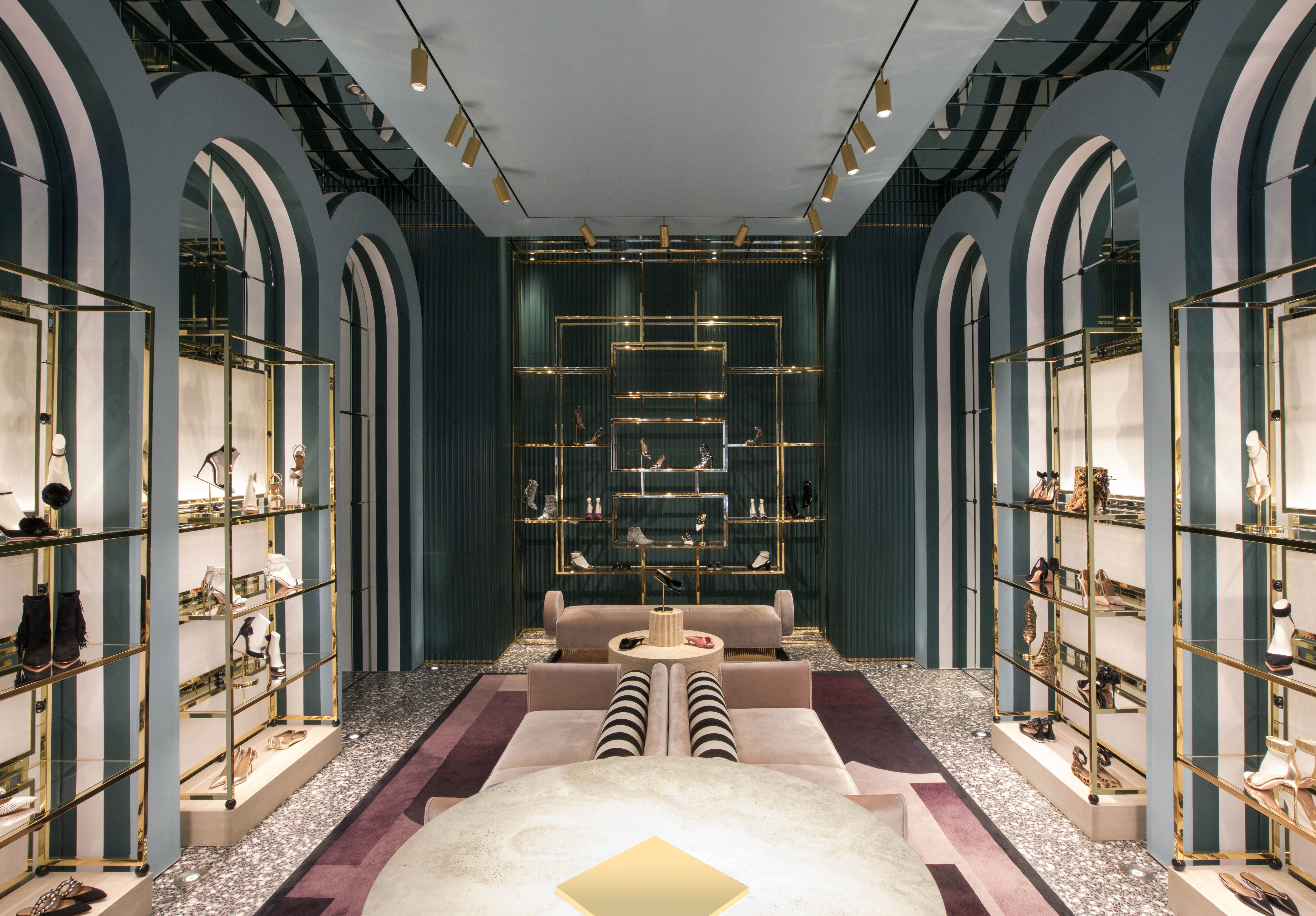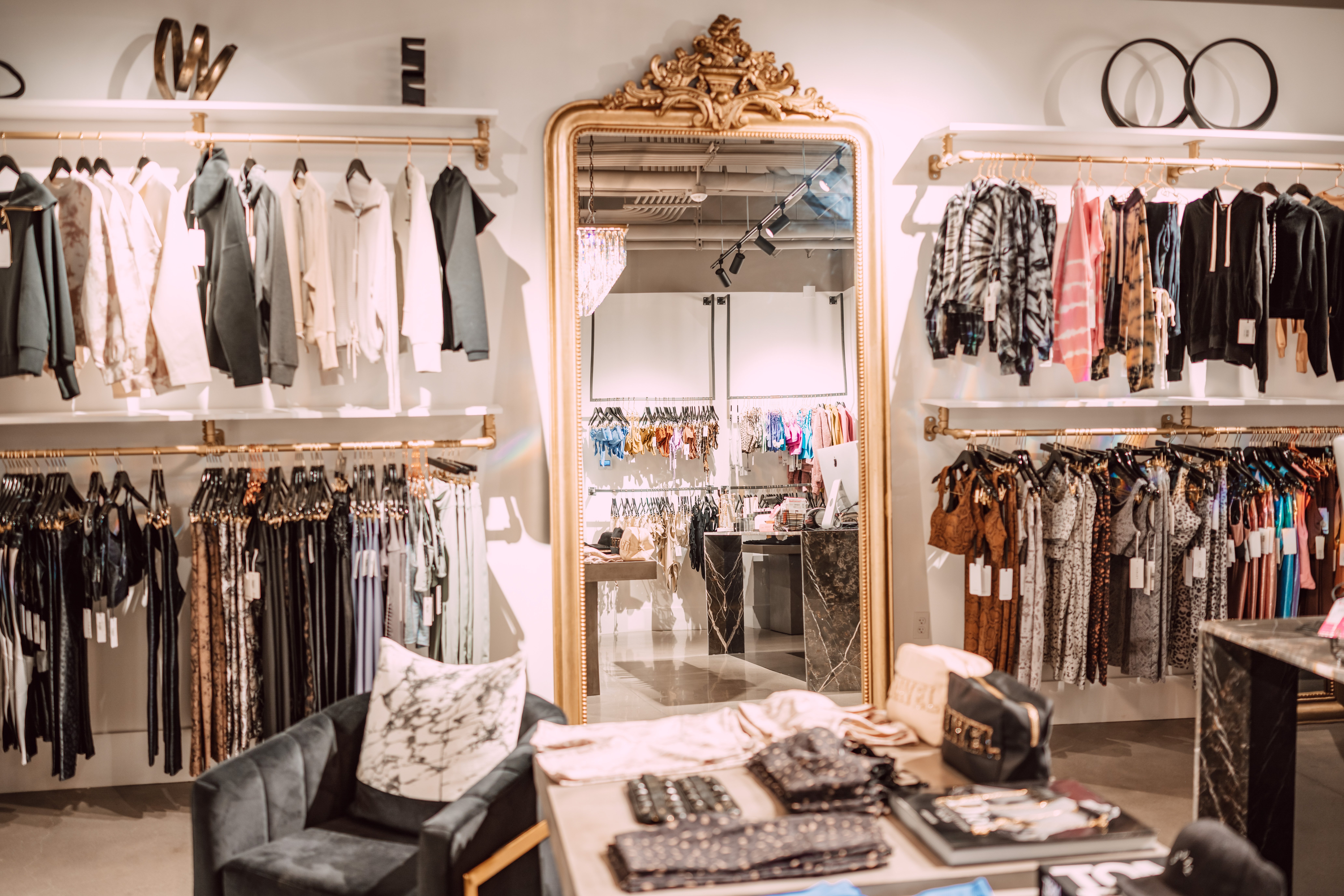Leading 10 Must-Have Item from Your Favorite Boutique Fashion Shops
Leading 10 Must-Have Item from Your Favorite Boutique Fashion Shops
Blog Article
A Deep Study the World of High-Fashion Runways: Recognizing Clothes as Art
High-fashion paths have emerged as sectors where clothing transcends its utilitarian origins, developing right into a sophisticated type of imaginative expression. Designers, much like masterful musicians, weave complex narratives via fabric, form, and color, redefining and challenging typical norms elegance criteria. These programs are greater than plain displays; they are immersive experiences, where every stitch and seam informs a tale abundant with cultural significance and avant-garde advancement. As we explore these sartorial eyeglasses, we must consider: what role does fashion play in forming social values, and exactly how does it mirror the ever-changing tapestry of human emotion and identification?
The Development of Runway Reveals
The trajectory of runway programs has actually transformed significantly over the decades, advancing from unique sector occasions to captivating eyeglasses that mix style with art. Traditionally, runway programs were intimate events, held in ateliers or small places, mostly participated in by buyers and industry experts. These early discussions focused on the garments' workmanship and commercial feasibility, offering a sensible and straight display screen of seasonal collections.
As the apparel industry broadened, the nature of runway shows started to alter. The 1970s and 1980s marked a transforming factor, with developers looking for to distinguish themselves through more staged discussions. This age saw the surge of fancy collections, choreographed versions, and thematic stories, declaring a new age where the runway came to be an experiential system. The shows changed right into a type of narration, where each collection communicated a distinctive narrative or idea.
In recent times, technology and social media have further changed path shows, making them accessible to an international target market. Livestreaming and electronic platforms have equalized style, allowing lovers worldwide to witness these occasions in real-time (boutique fashion). This advancement mirrors a broader social shift, where high-fashion paths function as a vibrant intersection of design, development, and performance
Designers as Dreamer Artists
Just how have developers transcended their functions to end up being visionary artists? Developers in the high-fashion sector have actually obscured the lines between practical garment development and the conceptual world of art. This improvement appears in the method they approach their collections, not merely as clothes but as extensive expressions of feeling, identification, and society. By embracing creative techniques such as sculpture, painting, and progressive installations, designers craft garments that challenge conventional fashion standards and raise them to art kinds.
Visionary designers attract motivation from a myriad of sources, consisting of abstract art, historical referrals, and personal narratives. They possess an unique ability to envision and materialize concepts that push the borders of conventional style, commonly redefining visual standards while doing so. This innovative ingenuity is showcased through remarkable shapes, cutting-edge materials, and intricate craftsmanship, which welcome customers to experience fashion as greater than simply wearable items.
Additionally, the runway works as a canvas for these musicians, where illumination, music, and established layout coalesce to create immersive experiences. These presentations are not simply displays of apparel yet are managed efficiencies that evoke feeling and prompt thought, affirming the developer's duty as a real artist in the contemporary cultural landscape.
Social Impacts in Style
Social tapestry weaves its intricate patterns into the fabric of fashion, affecting designers globally. The dynamic interchange of social stories, traditions, and signs educates and inspires collections that poise high-fashion runways.
The impact of society on fashion is often seen in the reinterpretation of conventional garments and patterns. For circumstances, making use of Japanese bathrobes, Indian saris, or African prints in modern fashion mirrors a mix of cultural authenticity and contemporary visual appeals. Developers such as Valentino's Pierpaolo Piccioli and Alexander McQueen's Sarah Burton have been known to integrate abundant social themes into their couture collections, equating background right into wearable art.

Development in Textile and Design
Innovation in fabric and layout consistently improves the landscape of high-fashion, pushing limits and redefining opportunities. click reference Developers are increasingly checking out the assimilation of modern technology, such as 3D printing, which permits for the production of intricate structures that were previously inconceivable.
Moreover, sustainability has become a pivotal theme in textile innovation. The fashion market is experiencing a rise in the use of green materials, stemmed from recycled plastics, organic fibers, and even eco-friendly components. These technologies not only offer brand-new structures and visual appeals yet also address important environmental concerns. Designers are welcoming these products to craft garments that are both aesthetically striking and conscious of their eco-friendly footprint.
In regards to layout, avant-garde silhouettes and experimental forms are continuously transforming the runway. By integrating unconventional materials and sophisticated methods, developers grow garments that obscure the line in between fashion and art, establishing brand-new standards for creativity and expression in the high-fashion round.
Influence of Style on Culture
Fashion possesses an extensive impact on society, functioning as both a reflection discover this of social identification and a catalyst for social adjustment. Via its evolution, style has mirrored societal changes, encapsulating the zeitgeist of different ages. The flapper gowns of the 1920s personified a newly found sense of women's freedom, while the vibrant prints of the 1960s resembled the advanced spirit of the time. High-fashion runways, specifically, work as systems for challenging norms and redefining beauty requirements. Developers use these places to address pressing social problems, from sustainability to variety, thus forming public discourse.
Additionally, fashion has the power to bridge social voids, promoting understanding and admiration among varied groups. As globalisation increases, the cross-cultural this page exchange of style concepts comes to be progressively considerable, promoting inclusivity and variety. The rise of streetwear, stemming from metropolitan subcultures, highlights just how style can go beyond socio-economic limits, approving people a way of self-expression and empowerment.
Basically, style is not simply about appearances; it is a dynamic force that affects values, perspectives, and societal progression (boutique fashion). By continuously interacting with cultural and social currents, style stays an integral part of the collective human experience

Conclusion
Developers, akin to visionary artists, orchestrate collections that mirror identification, emotion, and social narratives, testing typical looks. This crossway of fashion and virtuosity not only captivates target markets globally yet also affects social assumptions and promotes a much deeper admiration for cultural variety.

Social tapestry weaves its complex patterns right into the fabric of style, affecting designers around the world.Style possesses a profound impact on culture, serving as both a reflection of social identification and a catalyst for social adjustment.
Report this page